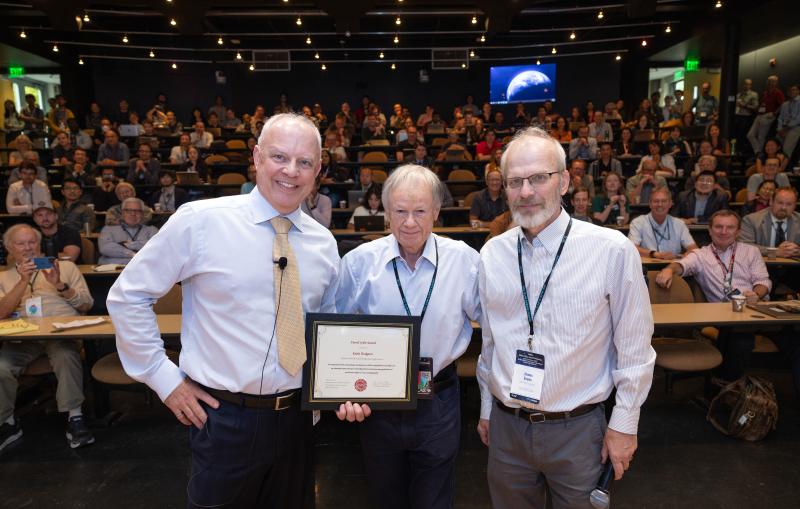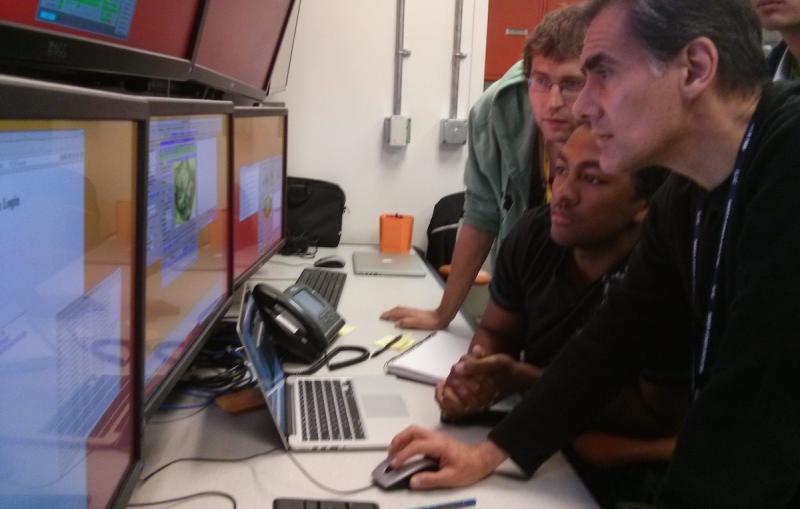DESY's Henry Chapman Awarded Leibniz Prize for X-ray Laser Research
Pioneering Work Paved the Way for Studies of Important Biological Proteins at LCLS
Henry Chapman, a scientist at Germany’s DESY lab who participated in pioneering studies at SLAC National Accelerator Laboratory’s Linac Coherent Light Source (LCLS) X-ray laser, has been awarded the Leibniz Prize. The 2.5 million euro ($3.1 million) scientific award is bestowed by a German research foundation. LCLS is a Department of Energy Office of Science User Facility.
The prize recognizes Chapman’s efforts with collaborators to develop a new way to determine the atomic-scale structure of biological proteins in lifelike conditions using FLASH in Germany and LCLS. The groundbreaking work demonstrated that X-ray free-electron lasers are powerful tools for studying crystallized biological samples in ways not possible using more conventional X-ray sources.
For example, Chapman and collaborators proved that the ultrabright pulses of X-ray lasers like LCLS could actually outrun the onset of damage and produce images preserving the intact structure of biological proteins contained in the crystals. Also, the work proved that X-ray lasers could study smaller crystals than other X-ray sources, under more natural conditions. The technique Chapman helped to develop is known as “serial femtosecond crystallography.”
The early work by Chapman and other scientists led to more advanced investigations at LCLS using the same technique, including an important discovery that could help combat African sleeping sickness, and a study of a membrane protein relevant to human health.
Chapman said he plans to use the prize money to expand his research at the Center for Free-Electron Laser Science at DESY to target more challenging samples, including large molecules that can’t be crystallized.
Contact
For questions or comments, contact the SLAC Office of Communications at communications@slac.stanford.edu.
SLAC is a multi-program laboratory exploring frontier questions in photon science, astrophysics, particle physics and accelerator research. Located in Menlo Park, Calif., SLAC is operated by Stanford University for the U.S. Department of Energy's Office of Science.
SLAC National Accelerator Laboratory is supported by the Office of Science of the U.S. Department of Energy. The Office of Science is the single largest supporter of basic research in the physical sciences in the United States, and is working to address some of the most pressing challenges of our time. For more information, please visit science.energy.gov.





